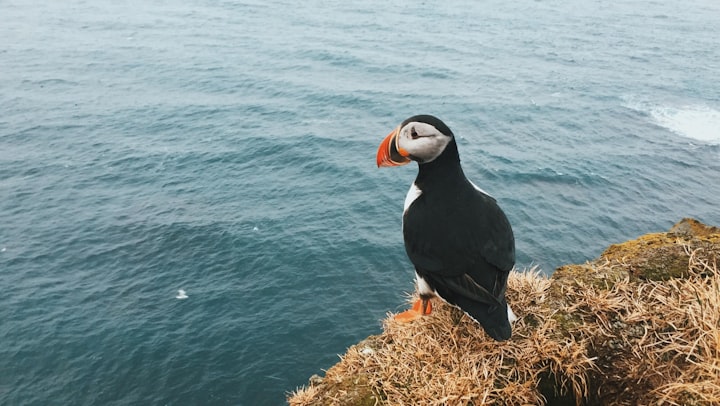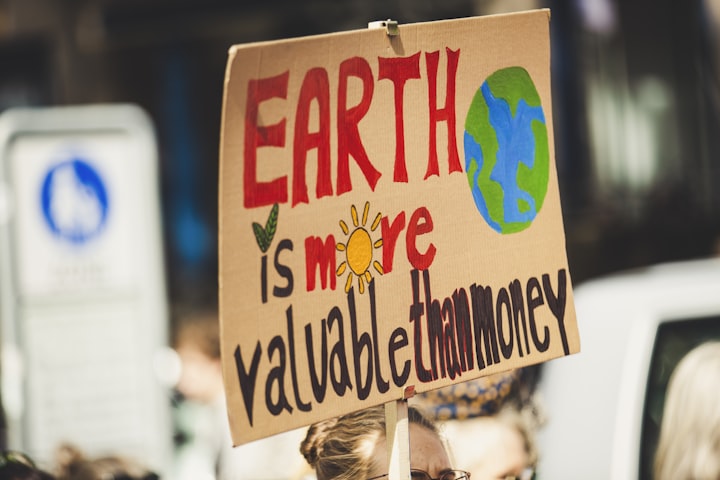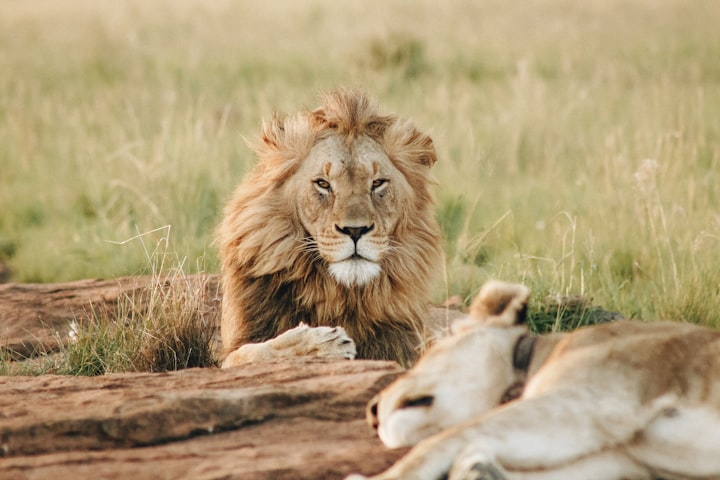Seabird discovered by science this year may be critically endangered
Seabird discovered by science this year may be critically endangered

That is according to a study published in the journal Science, May 27, which analyzes data on more than 50 years of breeding of 67 species of seabirds worldwide. In recent decades, the world's seabirds have become extinct, and some species are at risk of extinction. Many of the world's seabirds, especially those that rely on the islands, are in danger of trying to protect the future of many species of seabirds. Seabirds already face numerous threats to their survival, making them one of the most endangered species of birds.
Many seabirds in the northern hemisphere, in the northern hemisphere, find it difficult to reproduce, and in the southern hemisphere, they may not be so far away. In the U.S., the number of endangered birds is rising instead of falling, but Hawaiian species, in particular, need additional support to recover. Today, many endangered birds outside the U.S. at least have some areas in protected areas, but significant differences still exist, with only 18 percent of the most endangered species currently considered to be successfully protected from extinction.
There are currently 279 endangered species (EN) and endangered species (CR) in the United States, according to BirdLife International scientists. In addition to the extinction, some 461 species of birds are currently listed as endangered, and another 786 are considered endangered. A total of 222 species of birds worldwide are currently considered endangered, which puts them at risk of extinction. A recent article by Bird Conservation International found that 28% of the world's seabirds are listed on the IUCN Red List, which is more than double the percentage of endangered birds, 12%.
Since seabirds are the most endangered species in the world, almost half of them are extinct, and the closest species to the sea - albatrosses, petrels, and penguins - are also at high risk, so a logical conclusion. The sea is really in trouble. Many of the problems that seabirds face threaten other marine animals and even humans. Today, despite such records, no other bird family is so threatened. However, it is not the wild and unpredictable sea that threatens seabirds, but the pervasive human pressure.
Despite the magnitude of the threats to the world's seabirds and their difficulty in reaching conservation agreements in areas beyond the world empire, there are still many practical examples of species that can be saved. A review released last month by BirdLife International states that climate change and overfishing are declining population decline in a wide variety of animals, especially seabirds.
In recent years, the Alaska coast has captured more than 20,000 seabirds a year. Of the 4,000 albatrosses and other seabirds captured by Robertson's nine-year-old team, about half were killed by fishing nets, using large net-like nets that stretch a quarter of a mile deep to catch 40 tons of fish at a time. Sudden fishing affects 41% of endangered species (40 species), while longline fishing (), nets (), and gillnets () cause the accidental death of hundreds of thousands of seabirds each year. Wherever it is fished, there are also unexpected catches: occasional catches of unintended species such as dolphins, sea turtles, and seabirds.
Catching seabirds may delay fishing even completely shutting down if catching endangered species is limited. For endangered species such as the short-tailed albatross, accidental death on fishing vessels can pose a serious threat to society.
Although catching seabirds is less common than in other regions, west coast fishing and migratory species meet endangered seabirds. Depending on the area, fishermen in the United States often encounter species of albatross, cormorants, gannet, grebe, pelicans, puffins, gulls, petrels, petrels, and terns. , among others. Seabirds include albatrosses, puffins, guillemots, penguins, and other birds.
Whether flying or swimming, all seabirds are accustomed to eating and living near seawater. The most endangered species of seabirds are Sphenisciformes (penguin) and Procellariiformes (albatrosses and petrels). The highest number of endangered seabirds is found in groundwater in the southern ocean, with a special focus on New Zealand ().
One of the clearest examples of seabirds is the fact that rats in the South Atlantic Island Gough are a destructive breeding ground for petrel and albatross, killing about 1,000 Tristan albatross chicks each year.
The Chinese crested tern is one of the world's most endangered seabirds due to overfishing, depletion, pollution, overfishing and overfishing, and the disruption of other invasive species. Originally described in 1863, the Chinese Crested Tern is a mysterious species and no doubt the world's most endangered seabird. The Chinese Crested Tern (Thalasseus Bernstein) is an endangered marine bird with a worldwide population of about 100 adults, and its breeding range is limited to the East and the Yellow Sea.
We have compiled a review of books, oceanographic models, and natural models to predict the risk of plastic implantation of 186 species of seabirds worldwide. The result. We have estimated the effects of plastic exposure on 186 species of seabirds worldwide (Appendix SI, Table S1).
The proposed models are provided in the literature using our standard retrieval models (Table 1), which predict that by 2050, plastic will be found in the digestive tract of 99% of all seabirds and that 95% of these species will have eaten plastic in one. place. year. . In our review, we found that 81 species of seabirds eat litter to date, 60 of which were included in our study (Appendix SI, Table S1). Given this new data on the physical and toxicological effects of plastics
About the Creator
Simon Beast
I am a passonate writer learning new things.






Comments
There are no comments for this story
Be the first to respond and start the conversation.